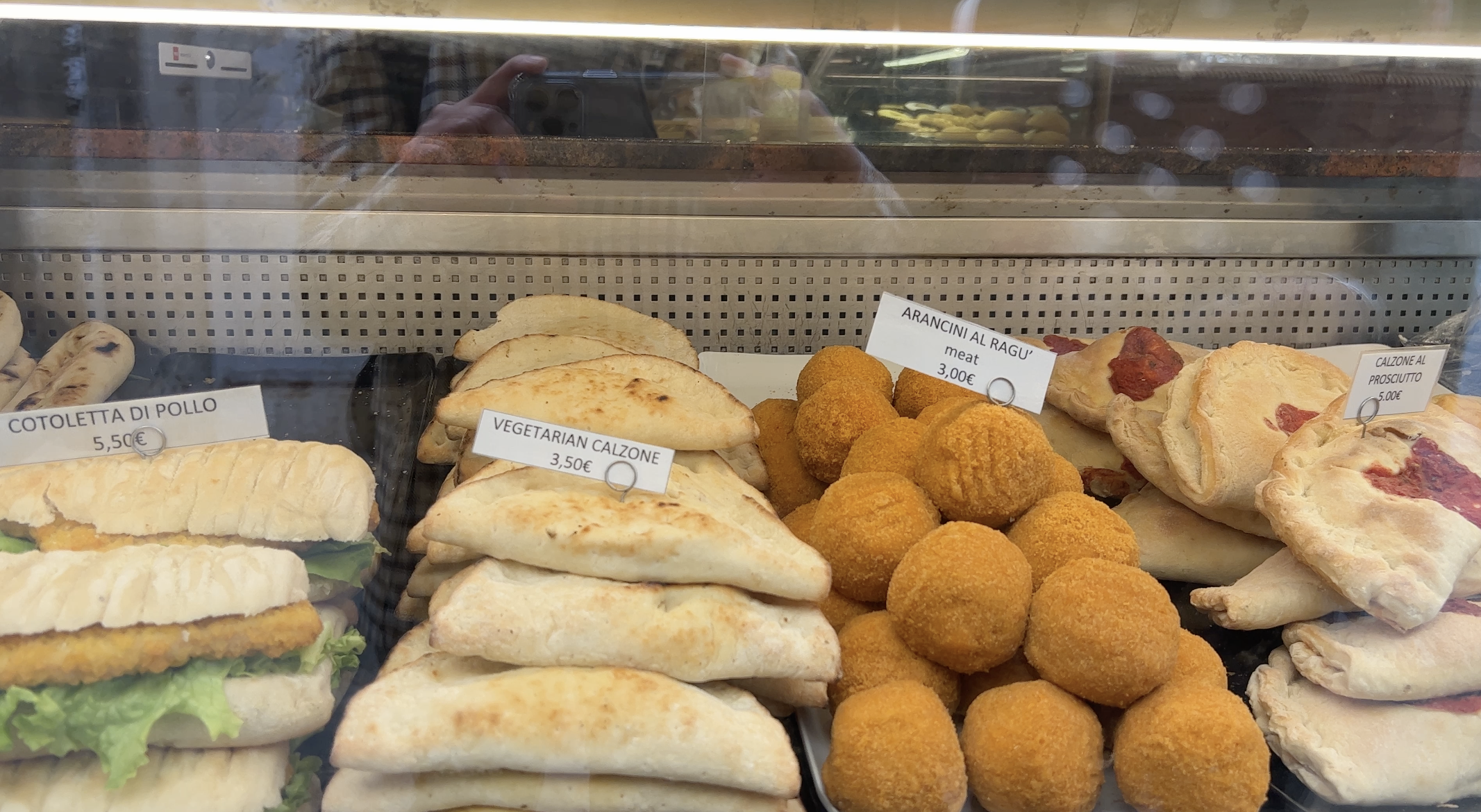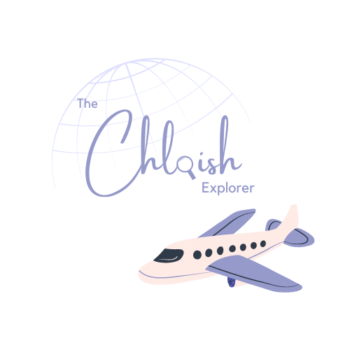Traveling can be an exciting time filled with the adventure of trying new foods. However, allergic reactions to local cuisine may put a damper on that adventure. If you are a fellow food allergen sufferer, you are in the right place. I will discuss my top tips to help make your trip feel safer so that you can eat your way through any destination confidently.
A swollen mouth, hives, difficulty breathing, and a weird feeling in your throat when you swallow. These were the scary but telltale signs of my anaphylactic reaction to peanuts as a two-year-old. Allergic reactions can happen anywhere and it is crucial that you have the tools to prevent or manage a reaction especially while traveling with food allergies.
TIP 1: CARRY AN ALLERGEN CARD
When I traveled to Italy, I knew that the cuisine would heavily use pine nuts, pistachios, and other tree nuts. To help prevent an allergic reaction while eating out at a restaurant, I made and packed an allergen card written in Italian. On the allergen card, I wrote that I suffer from allergic reactions, the food items I am allergic to, and the severity of my allergy. The card also asked if my order contains the ingredients I am allergic to and requested that the kitchen prepare my food with clean utensils and surfaces to prevent contamination.
Carrying this card greatly increased my confidence during the trip knowing that the reader understood my food allergies. Many of the food servers and cooks also appreciated that I took the time to inform them about my health needs in their language. While I made my own allergen card, you can easily buy one here from Equal Eats which specializes in making allergy translation cards.

TIP 2: ORDER AN ACCESSORY
Like the allergen card, you may consider wearing some kind of accessory that notes what you are allergic to. There are all sorts of medical jewelry pieces that can help others understand your health needs through a symbol on a bracelet or necklace. This site sells different medical accessories for all kinds of health needs and can help increase your confidence when traveling with food allergies.
TIP 3: LEARN A LITTLE BIT OF THE LANGUAGE
Whenever I ate at a restaurant in Italy, I made sure I had this key sentence translated and saved somewhere on my phone: Are there any nuts in the food? I am allergic to nuts. Make sure that you know how to say or write the foods that you are allergic to in the regional language. Try your best to translate your medical needs using a translation app, book, or friend. Not only will this help you order an allergic reaction-free dish, but you get to learn another language too!
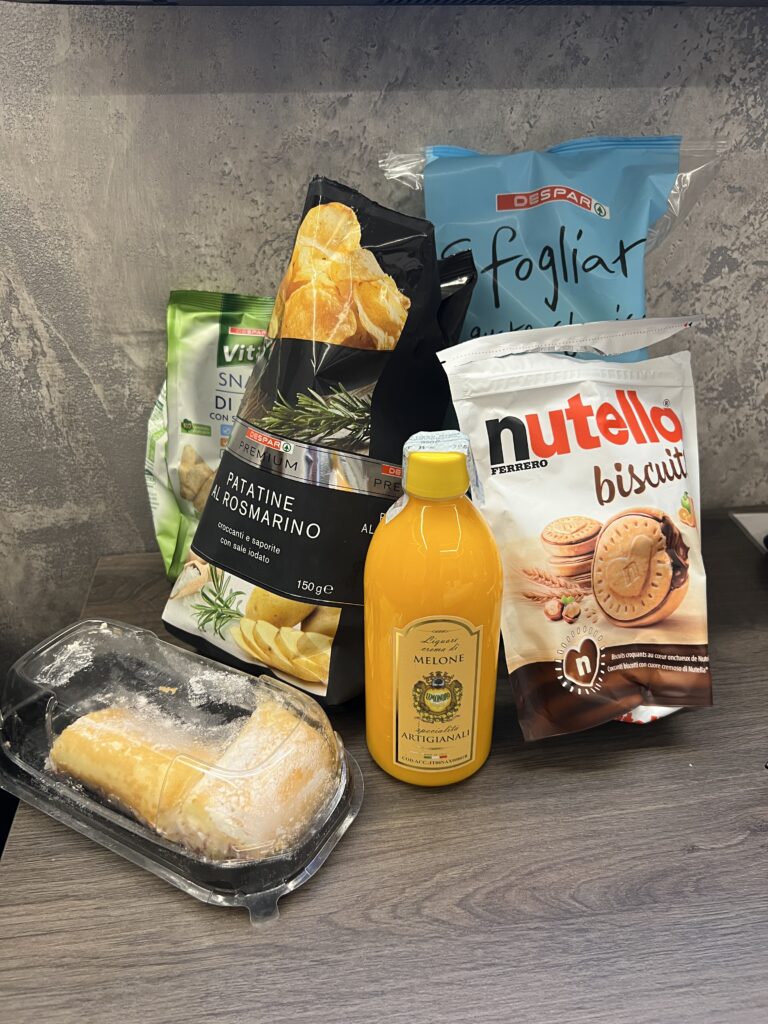
TIP 4: DOWNLOAD GOOGLE TRANSLATE
One of my favorite parts of traveling is shopping for snacks! When I was in Italy, the ingredients on the snacks were in Italian, of course. To see if my snacks contained any allergens, I used Google Translate. I took a photo of the ingredients list, and the app translated the text within the photo. Additionally, Google Translate can help you understand what your food server is saying to you through an audio translation.
TIP 5: LEARN ABOUT THE REGIONAL CUISINE
Learn about your destination and research the region’s common dishes and ingredients. Getting to know the local food and dish options will help you navigate confidently through a restaurant menu. You will also understand what dishes are safest for you to try and those you should avoid.
TIP 6: MAP IT OUT
In addition to learning about your destination’s cuisine, understand the medical services available to you. In the case you have a severe allergic reaction, make sure you know where to go and the medical services near you. Research and save the phone numbers and addresses of urgent care clinics and hospitals.
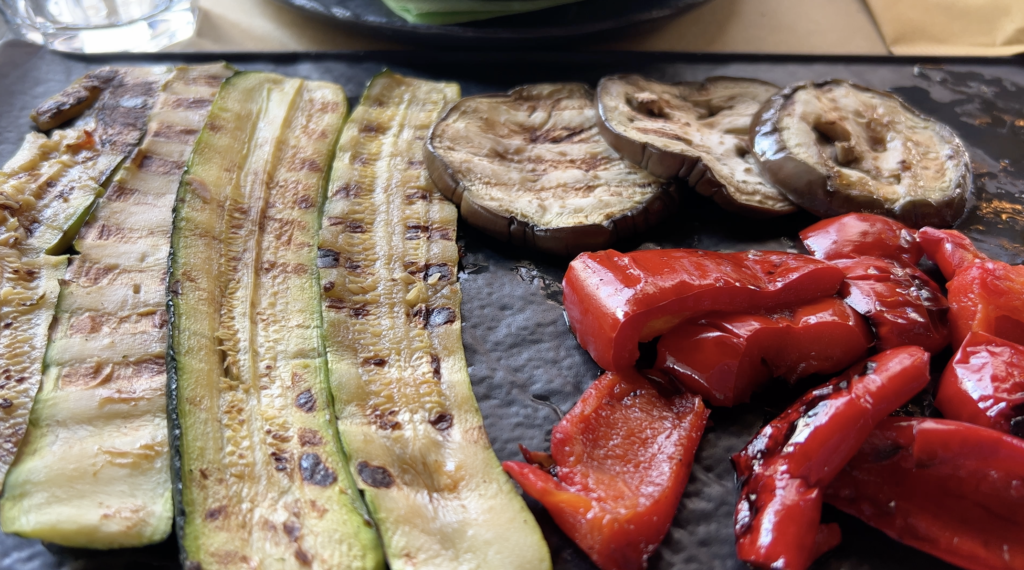
TIP 7: ASK, ASK, ASK
Always ask if your dish contains your allergens even when you think the food is free of those ingredients. Contact your airline, hotel, or other accommodations providing food to notify them of your allergens so that they can accommodate your health needs.
TIP 8: BRING SOME FOOD
If your health needs cannot be accommodated by your airline or place of stay, prepare by bringing emergency food. When I flew on United Airlines, a few of the main meal items onboard contained or potentially contained nuts. To stay on the safe side, I bought food free of allergens to eat later in the cabin.
TIP 9: PACK WELL
Pack your course of treatment in the case of an allergic reaction or medical emergency as prescribed by your doctor. In my case, I always bring my epinephrine autoinjector and a Benedryl handy whenever I eat out.
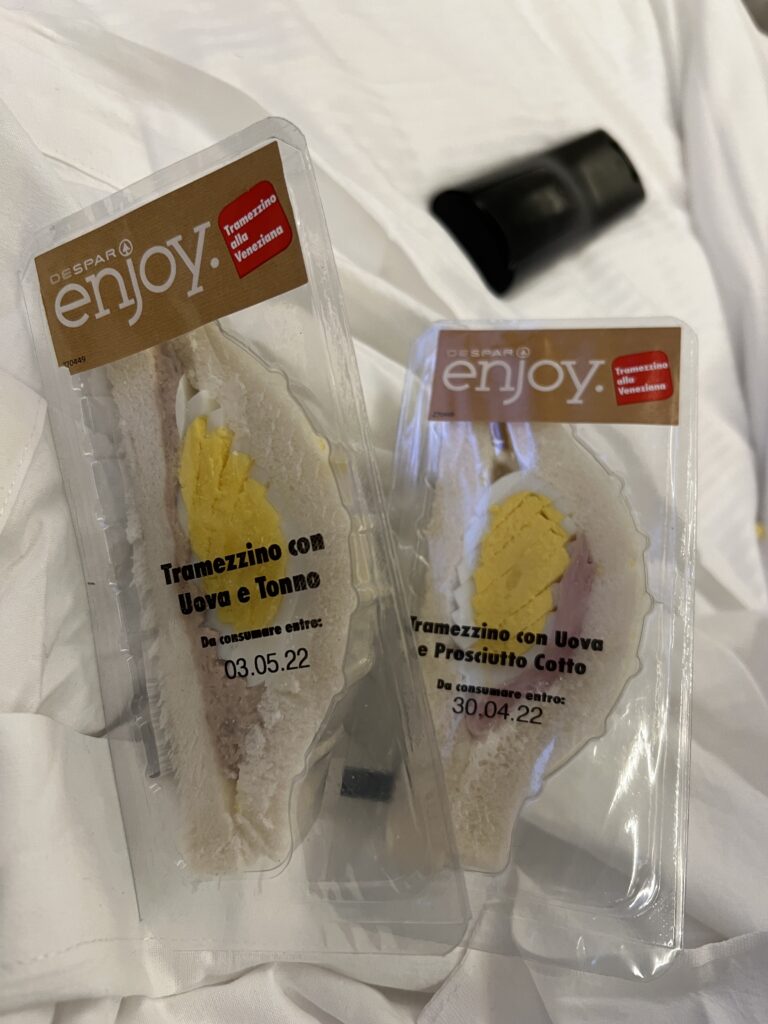
TIP 10: ALWAYS CONSULT YOUR DOCTOR
Always talk with a health professional about your allergens and the actions you can take to prevent and address an allergic reaction. Allergic reactions are in a spectrum ranging from slight to severe. Make sure you understand your allergen sensitivities and how to manage them by consulting your doctor.
DISCLAIMER: This website and article do not provide medical advice. The information, including but not limited to, text, images, graphics, and all other material on Chloish.com are for informational purposes only. No material on Chloish.com is intended to be a substitute for professional medical advice, diagnosis, or treatment. Always seek the advice of your physician or other qualified health care providers with questions you may have regarding a medical condition or treatment.

